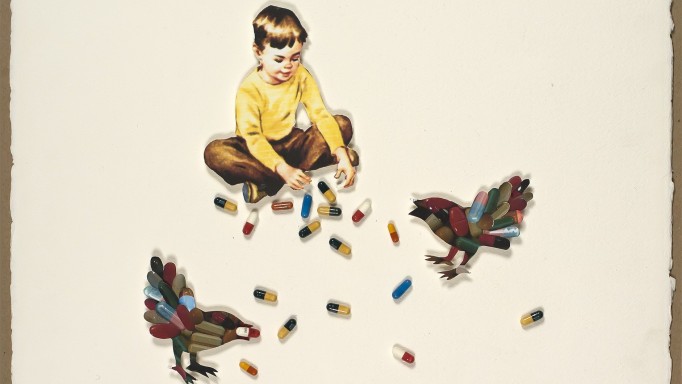Antiretroviral medications (ARVs) are primarily used to improve the health and well-being of people living with HIV. The U.S. Department of Health and Human Services recommends treatment for all people living with HIV, regardless of their CD4 cell count.
But effective treatment has an additional benefit: preventing HIV transmission of HIV. Studies have shown that HIV-positive people who maintain an undetectable viral load do not transmit the virus via sex, a concept known as Undetectable Equals Untransmittable, or U=U. In this case, undetectable is defined as less than 200 copies/milliliter.
In 2011, the HIV Prevention Trials Network 052 (HPTN 052) trial demonstrated that the use of ARVs by HIV-positive heterosexual men and women cut the odds that their HIV-negative partner would acquire the virus by 96%. The final study results, announced in 2015, showed that no participant with a fully suppressed viral load transmitted the virus to his or her long-term HIV-negative partner.
In 2014, interim analysis of the PARTNER trial—which focused on heterosexual and gay mixed-HIV-status couples in which the HIV-positive partner is taking ARVs—found that there were no transmissions between partners when the HIV-positive person had an undetectable viral load.
In 2017, the results of the Opposites Attract study, which included gay male couples in which one partner had HIV and the other did not, found that there were zero cases of transmission of the virus in 16,889 acts of condomless anal sex. In 2018, the PARTNER 2 trial, which also enrolled mixed-status gay couples, offered further evidence.
These findings led the Centers for Disease Control and Prevention to conclude, “Across three different studies, including thousands of couples and many thousand acts of sex without a condom or pre-exposure prophylaxis (PrEP), no HIV transmissions to an HIV-negative partner were observed when the HIV-positive person was virally suppressed.”
The success of treatment as prevention is dependent on people adhering to their HIV treatment.
While it is acknowledged that antiretroviral treatment alone will not end the global HIV epidemic, it is an essential part of the HIV prevention toolbox.
Other examples of antiretrovirals for prevention include:
- Pre-exposure prophylaxis (PrEP)
- Post-exposure prophylaxis (PEP)
- Vaginal and rectal microbicides
- Prevention of mother-to-child transmission
Last Reviewed: January 5, 2023















